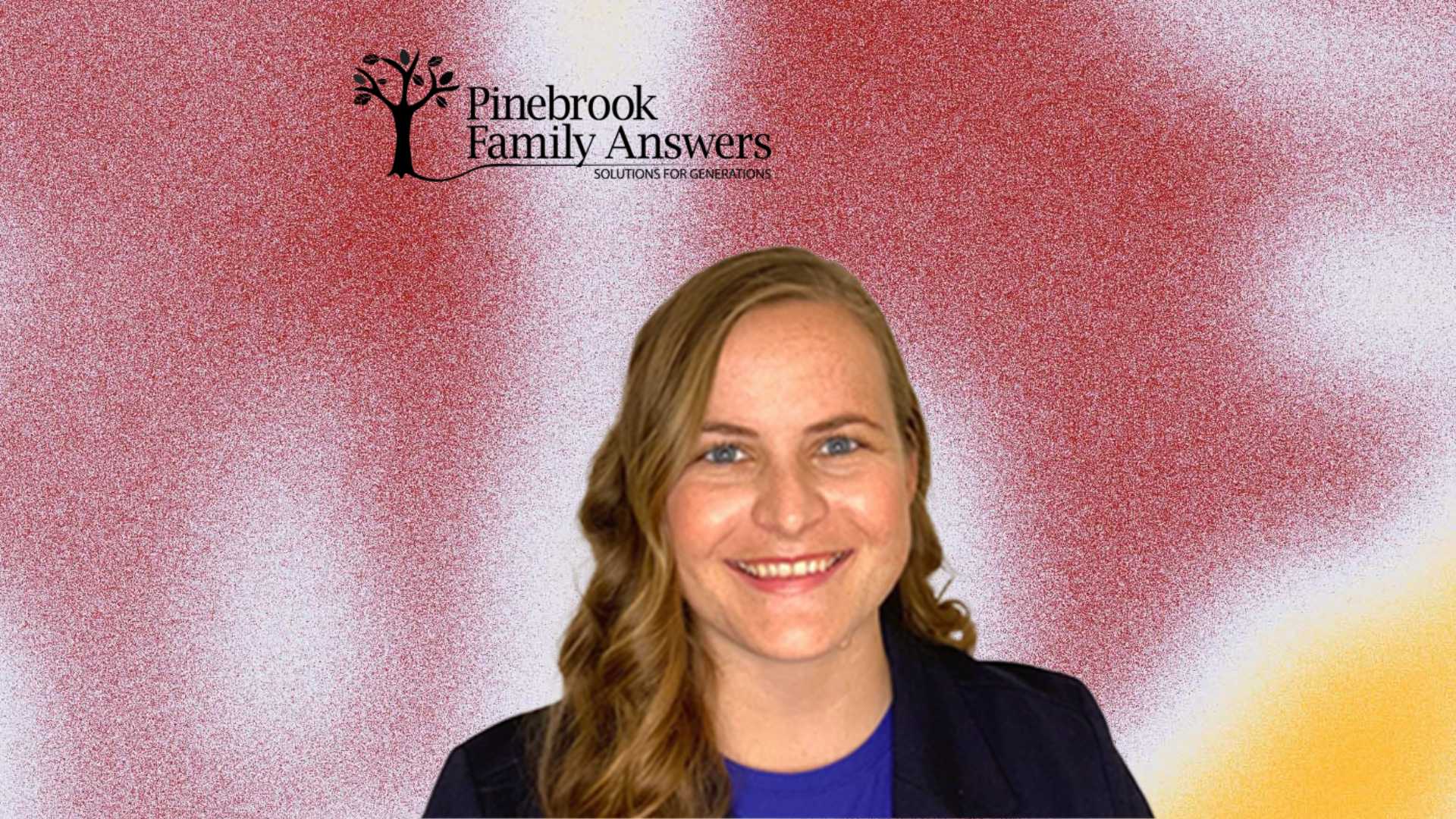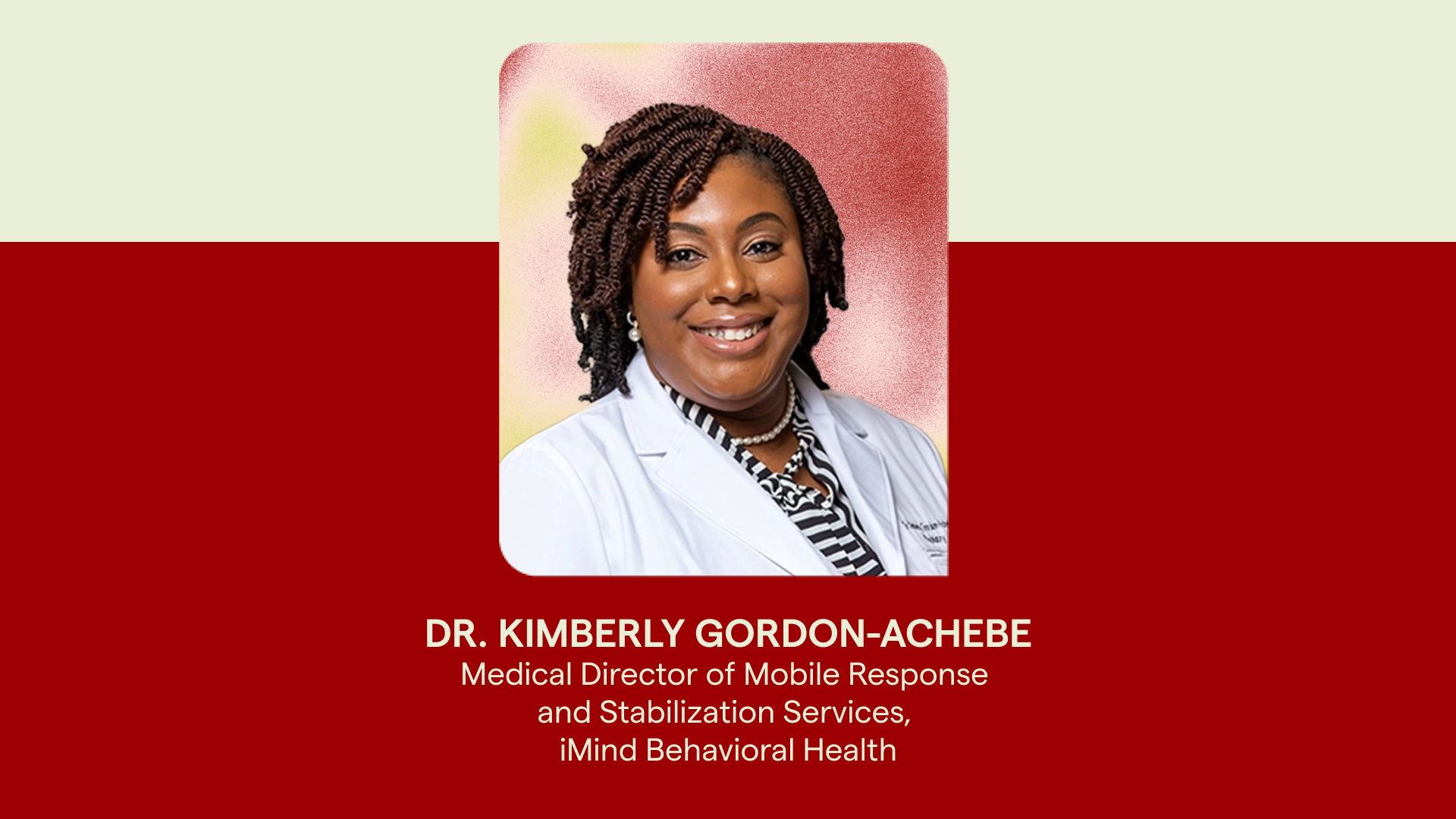
Pinebrook Family Answers
- Number of Clinicians: 81
- Number of Clients: 4,618
- Population Served: Children, Young Adults, Families, Seniors
- Program Type: Children and Youth Services, Community/School-Based Programs, Family Support Services, Mental/Behavioral Health Care, and Re-entry Programs.
- Org Type: Non-Profit Family Service Agency
- Greenspace Platform: Measurement-Based Care
- Key Assessment(s): BR-WAI, WSAS, PHQ-9, GAD-7
Based out of the Greater Lehigh Valley region of Pennsylvania, Pinebrook Family Answers is a highly regarded, non-profit family service agency. The organization is renowned for its exceptional children and youth services, including its school-based IBH program, which provides therapy to over 600 students across fifteen schools in the region. Pinebrook also delivers essential community programs, family support services, mental/behavioral health care, senior care and re-entry programs.
In 2019, Pinebrook joined Greenspace and became a strong advocate for Measurement-Based Care and its implementation across behavioral health services. They now leverage aggregated, client-reported data from across their clinic to improve their services and provide transparent reporting to their board and funders.
Through their use of MBC, Pinebrook Family Answers is able to view and assess client scores across their clinic. Since their implementation began, Pinebrook has received a notably high therapeutic alliance score, at an average of 86% (compared to an 81% average for all Greenspace users). We had the pleasure of chatting with Emily Miller, a Master’s level Psychotherapist at Pinebrook, to learn more about the organizations approach to measuring therapeutic alliance and the benefits they’ve seen from centering the clients voice in the treatment process.
Measuring Success in Therapy: An Interview with Emily Miller
Emily Miller provides psychotherapy to individuals of all ages —ranging from 4 to 70+ years old— and with a wide range of backgrounds and presenting issues. She has a background in research on peer interactions, bullying, and victimization from Moravian College (now Moravian University) and received her Masters in Professional Clinical Counseling from La Salle University
Through her work at Pinebrook, Emily has become a strong advocate for Measurement-Based Care and the use of therapeutic alliance measures. In fact, she believes that therapeutic alliance is the most reliable way to ensure that your clients are aligned on the direction of their treatment, that they feel comfortable to share their experiences and perspective in session, and ultimately, that they’re benefitting from care.
Pinebrook requires providers to complete treatment plan reviews every 6 months, which involves asking clients questions about the goals of treatment, how sessions are going, and if anything in the treatment plan needs to be adjusted. They also provide a score for the Brief-Revised Working Alliance Inventory (BR-WAI), an assessment that measures the therapeutic alliance. This means that all providers complete the BR-WAI with their clients a minimum of every 6 months, but clinicians often choose to use it more often (Emily assigns it every 2 months) as they find value in a more frequent assessment of the client/clinic bond, which empowers them to quickly respond to any area the data highlights as needing to be addressed.
When asked about how she introduces the BR-WAI measure to clients, Emily said:
“The way I introduce [the therapeutic alliance assessment to clients] is by calling it what it is. I say, ‘This is a relationship, much like any other thing in your life; whether it’s a friendship, romantic relationship, professional relationship— It’s just a different kind of relationship. This is just a really good way to check in on our working relationship and ask, how are we doing? And then we can work together to address any areas that would help improve your experience and outcomes in care”.
When using therapeutic alliance in sessions, Emily is hyper-focused on amplifying the clients voice in session, and giving them the opportunity to provide feedback on the direction of treatment. She’s seen firsthand how the measure can help uncover valuable insights that may not have been shared otherwise, improve clients’ comfort in sessions, and accelerate the progress clients make in care.
Wrapping up
It was a pleasure to sit down with Emily and learn about her perspective on Measurement-Based Care and the therapeutic alliance. Join us on February 23 for our upcoming educational webinar: How to Measure and Improve Therapeutic Alliance to learn more from Emily Miller, who will share her experience and dive into real-life examples from her clinical practice. The webinar will also feature expert Dr. Brent Mallinckrodt, co-author of the Brief-Revised Working Alliance Inventory. Don’t miss out— Register now!












